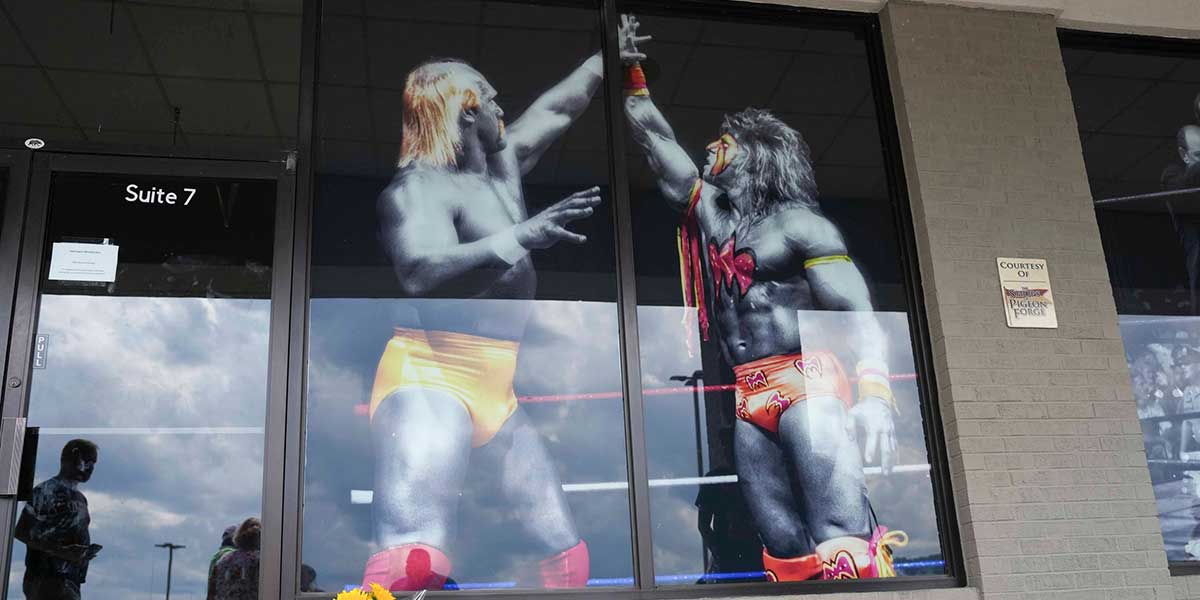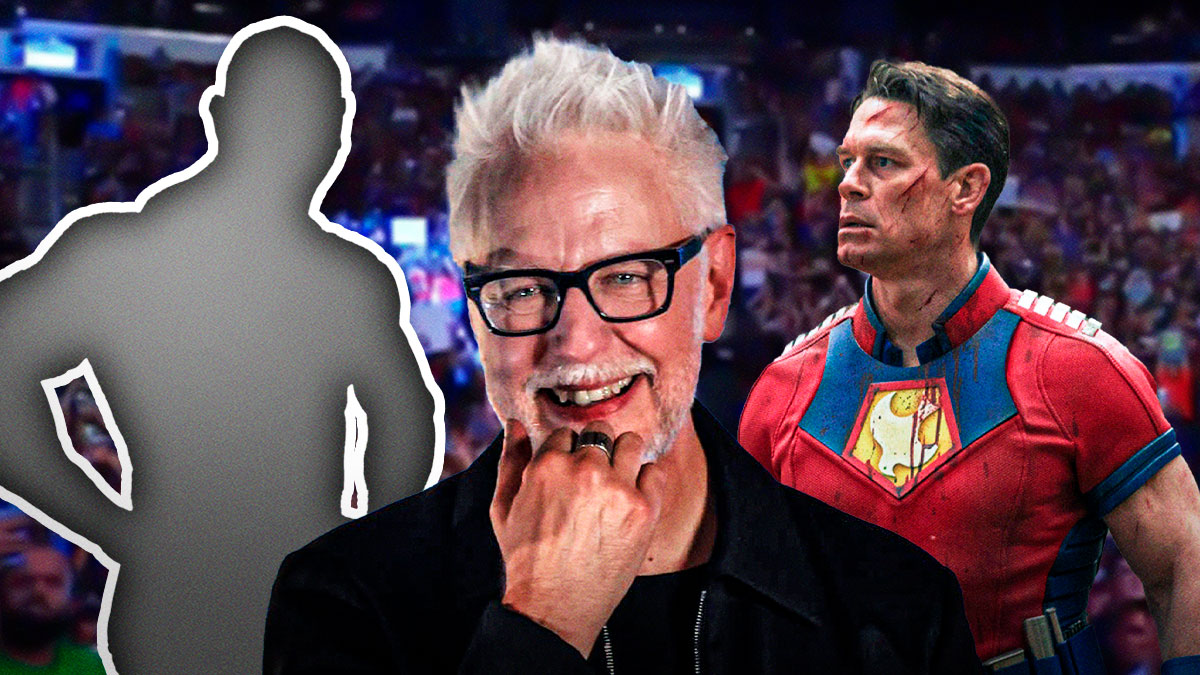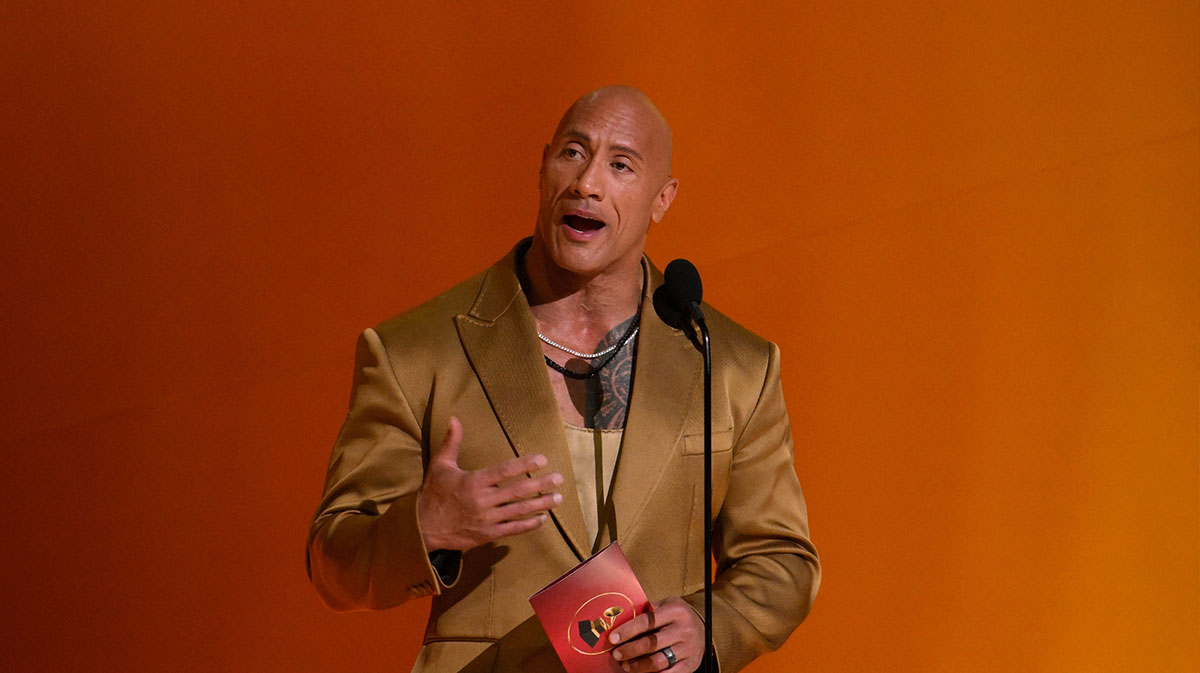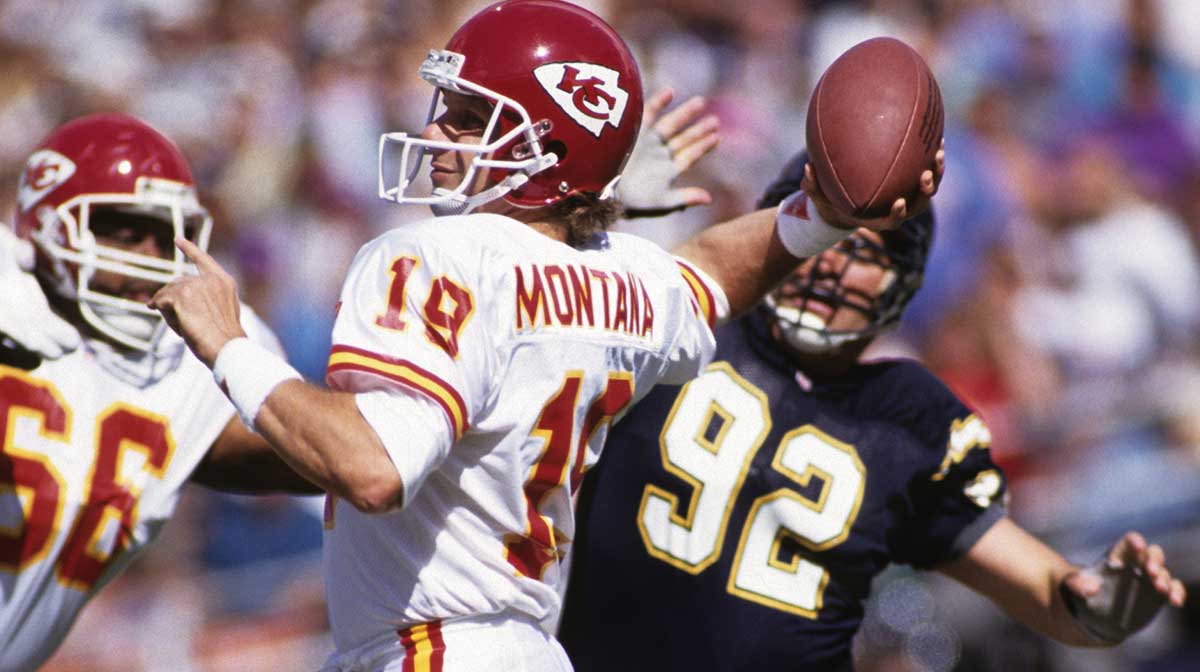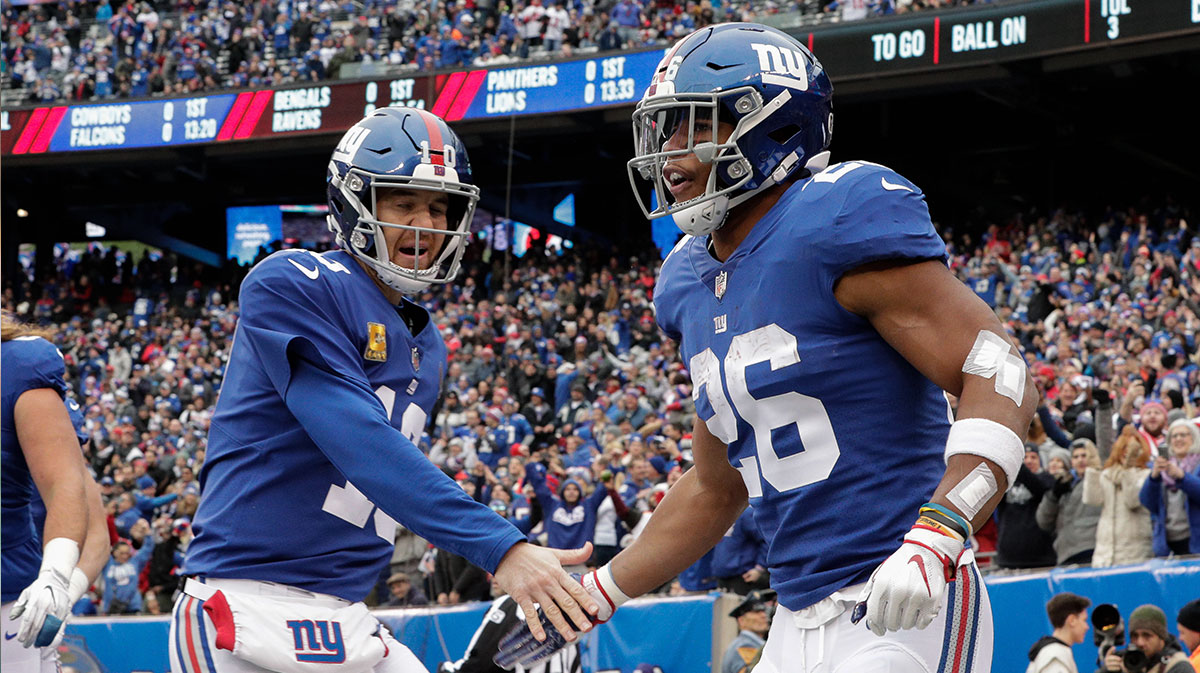The running joke about the Fast and the Furious franchise is that it started as a street racing movie, but somehow transformed into an international high-stake heist series. While that might be true, the harsher reality is it probably wouldn't even have evolved into anything beyond the first film and that's thanks to David Ayer.
David Ayer, primarily recognized as a director with works like “Fury” and the polarizing “Suicide Squad,” has an intriguing history as a screenwriter. He penned the script for the acclaimed “Training Day” in 2001 and undertook uncredited story changes for “The Fast and the Furious.” Ayer recently shed light on these uncredited contributions, emphasizing that his narrative alterations played a significant role in the franchise's astounding $7 billion box office success.
While Ayer's directing ventures have garnered more attention, his work behind the scenes, rewriting scripts and shaping stories, has often gone underappreciated. His involvement in crafting the story of “The Fast and the Furious” franchise, despite being uncredited, undoubtedly played a pivotal role in its spectacular financial achievements.

The Key
While David Ayer initially contributed to the script of the original movie, he claims to have little to show for his pivotal role. Following the release of the 2001 film, the franchise went on to accumulate billions of dollars, reaching its zenith with “Furious 7,” which amassed a staggering $1.5 billion globally (according to The Numbers).
Although Gary Scott Thompson had fully penned the screenplay for “The Fast and the Furious” when it came into Ayer's hands, the substantial changes he made played an instrumental role in propelling the franchise to its extraordinary success.
Changing The Original Concept
“The Fast and the Furious” had its original setting in New York City, which would have posed significant limitations to the film. David Ayer, shedding light on the early days of the script, explained that it was initially based in New York and revolved around Italian youths. This choice of location would have presented substantial challenges for a movie centered on street racing, given the narrow streets of New York, in stark contrast to the expansive, car-friendly roads of Los Angeles.
Ayer's decision to relocate the film to Los Angeles was a pivotal one, setting the stage for a series of remarkable changes. He had specific conditions when revising the script, insisting on the film being set in L.A. to authentically capture the city's essence. Ayer's influence extended further as he introduced greater diversity into the cast, incorporated elements of street culture, and delved into the emerging street racing scene, which was relatively unknown at the time. Thus, “The Fast and the Furious” boasted an inclusive ensemble, showcasing Ayer's dedication to representing the vibrant culture of Los Angeles.
“The Fast and the Furious” draws inspiration from “Racer X,” a magazine article that delved into the hidden realm of underground street racing, a subculture largely unknown to the public back then. While the original article might have contained hints of the underground world, it was David Ayer who intricately wove the screenplay with specific nuances known mainly to car enthusiasts. His contribution introduced precise details about car tuning that resonated with true gearheads.
The initial screenplay, by comparison, appears to present an underdeveloped crime narrative set in New York. In this version, street racing would have likely played a minor role amid a backdrop of stereotypical New York Italians. Ayer's involvement transformed the story into the dynamic realm of fast cars, adrenaline, and underground racing, shaping the franchise's signature identity.
Why David Ayer Didn't Return For More
David Ayer hinted at his departure from the Fast & Furious series, suggesting he was edged out by producers. While his statement was cryptic, Ayer conveyed a sense of being an outsider in the industry, someone who didn't partake in the social aspects of Hollywood. He alluded to how narratives can be manipulated and controlled to benefit certain individuals. Ayer's outsider perspective, described as “the dark, creative dude,” was in stark contrast to the industry norm.
However, Neal H. Moritz, a producer on the Fast & Furious franchise, spoke positively about Ayer's contribution, acknowledging his ability to bring authenticity and a unique voice to the portrayal of young characters within the Fast & Furious world.
Ayer has a history of creative clashes, most notably with Warner Bros. during the making of Suicide Squad, where he claimed excessive studio interference. Conversely, the Fast & Furious franchise has also seen its share of directorial tensions. Various directors, including Rob Cohen and Justin Lin, have expressed dissatisfaction with the series at times. Lin, in particular, left the production of Fast X midway. Despite these challenges, The Fast and the Furious marked the beginning of a cinematic phenomenon, and Ayer's statement underscores the intriguing dynamics within the industry.


